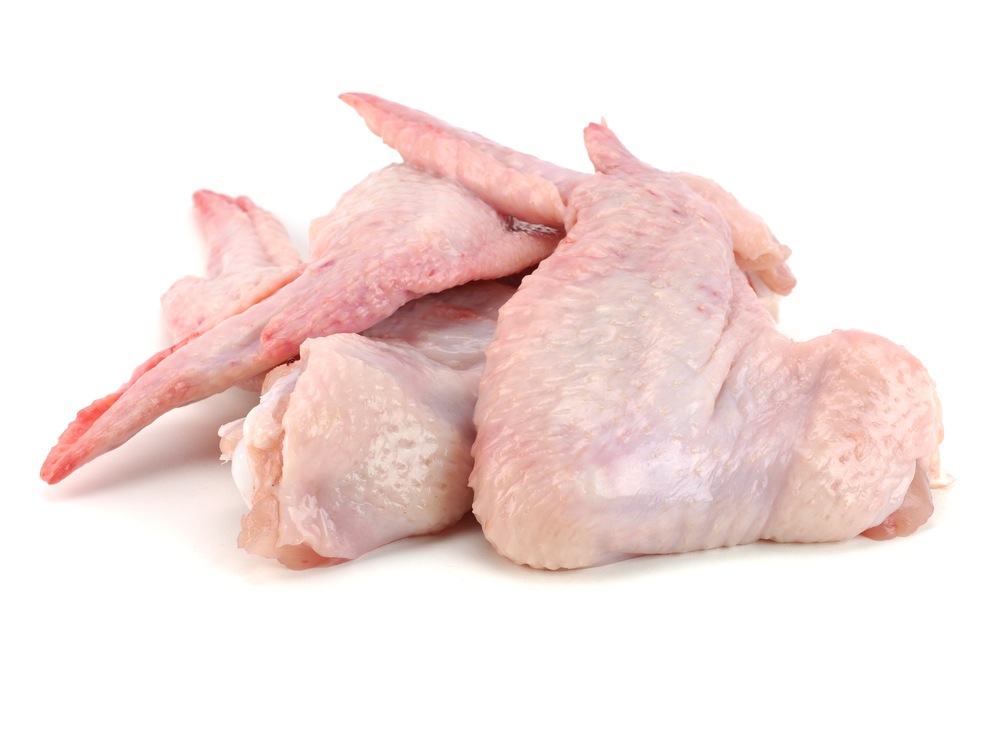The gourmet food company D’Artagnan has come up with an ingenious (or creepy, depending on your perspective on these sorts of things) plan for recycling kitchen scraps from high-end restaurants like Per Se and Gramercy Tavern, the New York Times reports. Take those scraps, truck them miles to Pennsylvania, and feed them to chickens. Then, sell those chickens back to the restaurants that have been feeding them.
These well-fed chickens will end up back on the plates of the restaurants whose food they’ve been eating. The Times:
The Per Se chickens will eat only Per Se peelings and bread; the diet of the Gramercy Tavern chickens will come only from Gramercy Tavern.
The theory, anyway, is that each cluster of birds will have its own taste.
I think we’re going to start seeing more of this — customized ingredients, both vegetables and meats, that are designed specifically for certain restaurants. Dan Barber, the chef at Blue Hill at Stone Barns, talked about a similar concept to Food & Wine earlier this summer:
What if we could “cook” or manipulate flavors in the field, long before anything got into our kitchens? Different finishing feeds (like whey or apples) have been known to improve the taste and texture of pork — but what if we started looking at the entire life cycle of the pig? … [W]hich breeds, and what grasses, lead to the most specific improvements in flavor? Farmers have been figuring these things out for a long time, of course, but chefs can co-write and curate these procedures for the future of delicious food.
He says it could work for vegetables, too:
What if chefs began “cooking” a dish with seed breeders, encouraging certain flavors by asking breeders to select for them before the seeds are even planted?
It’s all a more directed and specific version of the sort of grown-to-order chickens that D’Artagnan is making. And while these sustainably minded chefs might not want think about it, there’s also a looming possibility that chefs will turn to bespoke ingredients made with genetic tweaks. There’s already glow-in-the-dark sushi. What’s to stop some chef from ordering carrots that glow like jellyfish or a real-life version of green eggs and ham?



